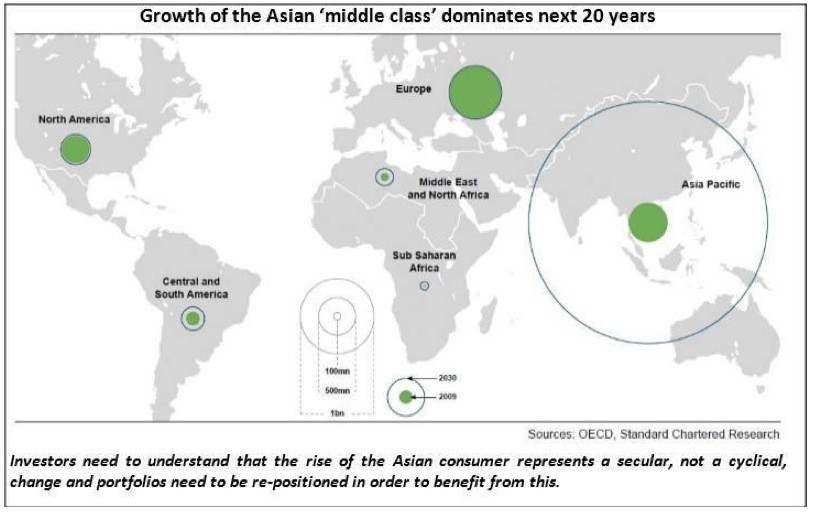Submitted by Ron Paul via the Ron Paul Institute,
After a year of talks over the post-2014 US military presence in Afghanistan, the US administration announced last week that a new agreement had finally been reached. Under the deal worked out with Afghan President Hamid Karzai, the US would keep thousands of troops on nine military bases for at least the next ten years.
It is clear that the Obama Administration badly wants this deal. Karzai, sensing this, even demanded that the US president send a personal letter promising that the US would respect the dignity of the Afghan people if it were allowed to remain in the country. It was strange to see the US president go to such lengths for a deal that would mean billions more US dollars to Karzai and his cronies, and a US military that would continue to prop up the regime in Kabul.
Just as the deal was announced by Secretary of State John Kerry and ready to sign, however, Karzai did an abrupt about-face. No signed deal until after the next presidential elections in the spring, he announced to a gathering of tribal elders, much to the further embarrassment and dismay of the US side. The US administration had demanded a signed deal by December. What may happen next is anybody’s guess. The US threatens to pull out completely if the deal is not signed by the end of this year.
Karzai should be wary of his actions. It may become unhealthy for him. The US has a bad reputation for not looking kindly on puppet dictators who demand independence from us.
Yet Karzai’s behavior may have the unintended benefit of saving the US government from its own worst interventionist instincts. The US desire to continue its military presence in Afghanistan – with up to 10,000 troops – is largely about keeping up the false impression that the Afghan war, the longest in US history, has not been a total, catastrophic failure. Maintaining a heavy US presence delays that realization, and with it the inevitable conclusion that so many lives have been lost and wasted in vain. It is a bitter pill that this president, who called Afghanistan “the good war,” would rather not have to swallow.
The administration has argued that US troops must remain in Afghanistan to continue the fight against al-Qaeda. But al-Qaeda has virtually disappeared from Afghanistan. What remains is the Taliban and the various tribes that have been involved in a power struggle ever since the Soviets left almost a quarter of a century ago. In other words, twelve years later we are back to the starting point in Afghanistan.
Where has al-Qaeda gone if not in Afghanistan? They have branched out to other areas where opportunity has been provided by US intervention. Iraq had no al-Qaeda presence before the 2003 US invasion. Now al-Qaeda and its affiliates have turned Iraq into a bloodbath, where thousands are killed and wounded every month. The latest fertile ground for al-Qaeda and its allies is Syria, where they have found that US support, weapons, and intelligence is going to their side in the ongoing war to overthrow the Syrian government.
In fact, much of the US government’s desire for an ongoing military presence in Afghanistan has to do with keeping money flowing to the military industrial complex. Maintaining nine US military bases in Afghanistan and providing military aid and training to Afghan forces will consume billions of dollars over the next decade. The military contractors are all too willing to continue to enrich themselves at the expense of the productive sectors of the US economy.
Addressing Afghan tribal elders last week, Karzai is reported to have expressed disappointment with US assistance thus far: “I demand tanks from them, and they give us pickup trucks, which I can get myself from Japan… I don’t trust the U.S., and the U.S. doesn’t trust me.”
Let us hope that Karzai sticks to his game with Washington. Let the Obama administration have no choice but to walk away from this twelve-year nightmare. Then we can finally just march out.
![]()
via Zero Hedge http://feedproxy.google.com/~r/zerohedge/feed/~3/N5hPgRI_QTM/story01.htm Tyler Durden









